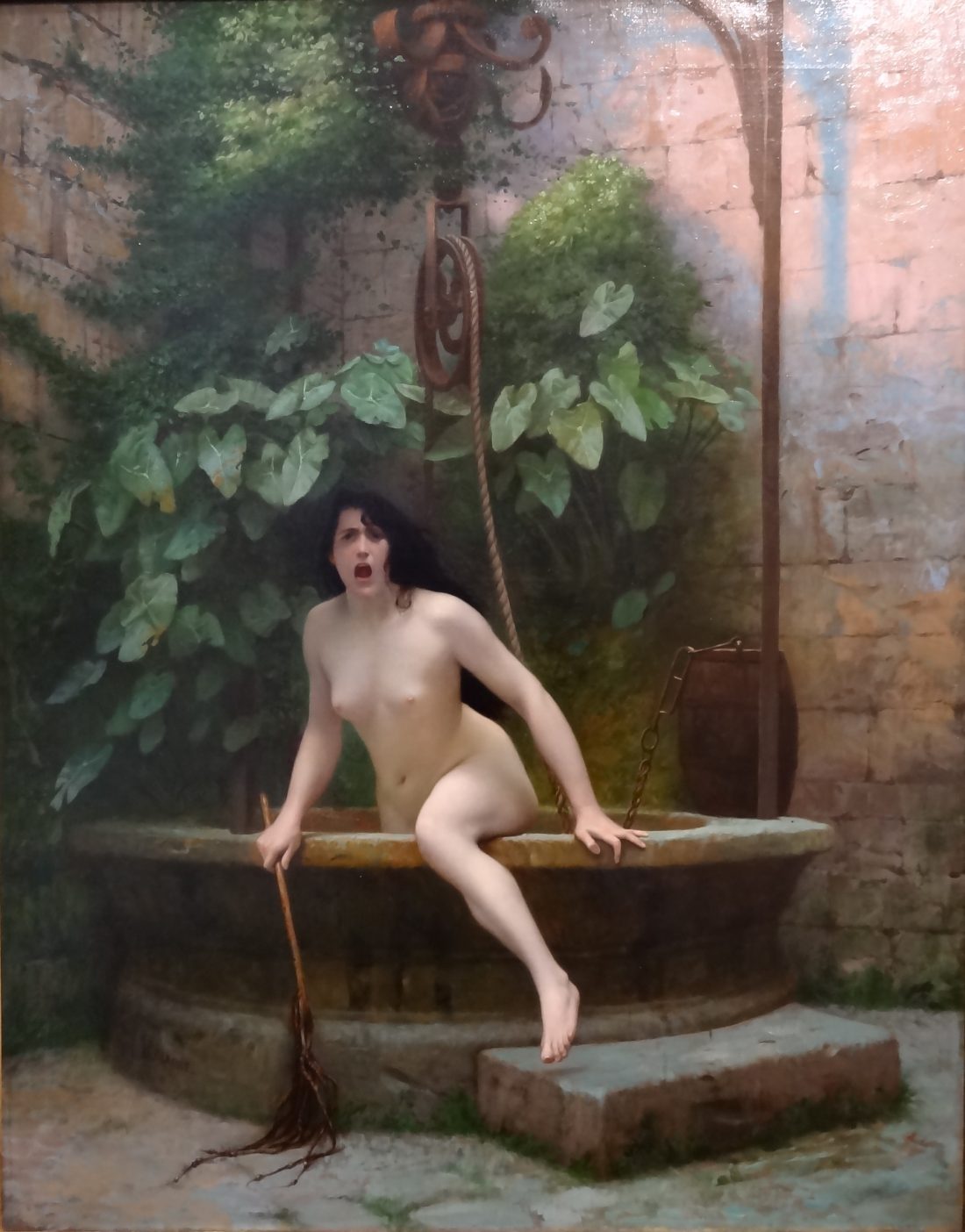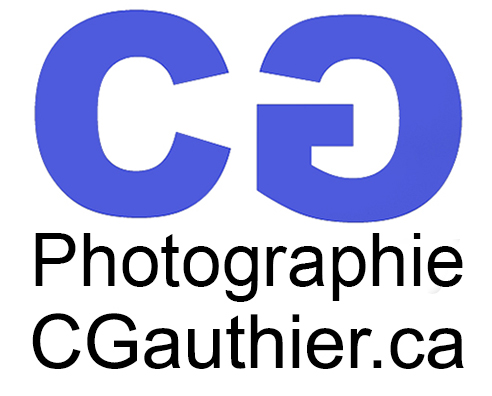
The naked truth and the creativity of the photographer
The expression refers to an aphorism of the philosopher Democritus: “We know nothing of the truth, for the truth is in a well [an abyss].” The nakedness of the model refers to the expression “naked truth.”
Where does the photographer’s inspiration come from? Here’s an example that illustrates how an artist’s inspiration lives, and how an artist’s vision can create an original work that reflects the influence the social values at a given moment in history.
Truth coming out of the well, armed with his martinet to chastise the humanity, by Jean-Léon Gérôme, 1896
The painting tells the story of the encounter between Truth and Lie on a beautiful summer day. The Lie tells the Truth: “It’s a wonderful day today”! Truth rolls its eyes and sighs, because the day was beautiful. They spend time together and finally arrive near a well. The Lie tells the Truth: “The water is very beautiful, let’s take a bath together!” The Truth, once again suspicious, tests the water and discovers that it was very pleasant. They undress and start to bathe. Suddenly, the Lie comes out of the water, puts on the clothes of the Truth and runs away. The furious Truth comes out of the well and runs everywhere to find the Lie to retrieve his clothes. The world, seeing the naked Truth, looks away with contempt and rage.
Poor Truth returns to the well and disappears forever, hiding its shame. Since then, the Lie travels around the world, disguised as Truth, satisfying the needs of society, because, in any case, the world does not absolutely want to meet the bare Truth.

In 1895, Gérôme had painted a similar work, “Mendacibus and histrionibus occisa, in puteo jacet alma Veritas” (The Truth resides in a well after being killed by liars and actors).
It has been suggested that the two paintings (as a similar work, later by Édouard Debat-Ponsan) were a commentary on the Dreyfus affair.
It was also suggested that the painting was an expression of Gérôme’s hostility to the Impressionist movement, to which he had violently opposed. However, in a preface by Gérôme for Émile Bayard‘s le “Nu Esthétique”, (Reference: Artnet) refers to the influence of photography on painting:
“Photography is an art. Photography forces artists to shed the old routine and forget the old formulas. It opens our eyes and forces us to look at what we had never seen before, a considerable and invaluable service it gave back to Art. It is thanks to her that the Truth has finally come out of her well. She will not go in again. “

Edouard-Bernard Debat-Ponsan 1898
“Truth coming out of the well”. Enameled copper with bronze frame
The photographer’s inspiration
During the process of creating a portrait, the photographer’s inspiration develops on two levels: the interrelation with the model and the development of a buoyant concept.
The model-photographer relationship is the first level of inspiration, similar to the relationship between the muse and his painter. The inspired model and the creative process brings the model to contribute to the exercice. In a favorable context, the production process is a joint effort; the subject offers ideas, poses and a dynamism of its own. In opposition to the relationship between a living model and a painter, the interaction and involvement of the model in a photo session is much more important. The inspiration, the mobility and the expression of the photo model is an essential component to the success of the photo session.
On the contrary, the conceptual aspect is rather the contribution of the photographer. On this front, the experience of previous projects, the knowledge of the world of creation and its historical references as well as the imagination are the three elements that guide the process. Without suggesting an order of importance, one or more of these components animate the photographer’s creative act.
On another front, the capacity to execute calls upon technical and operational skills, which is not associated to a creative inspiration.


No Comments